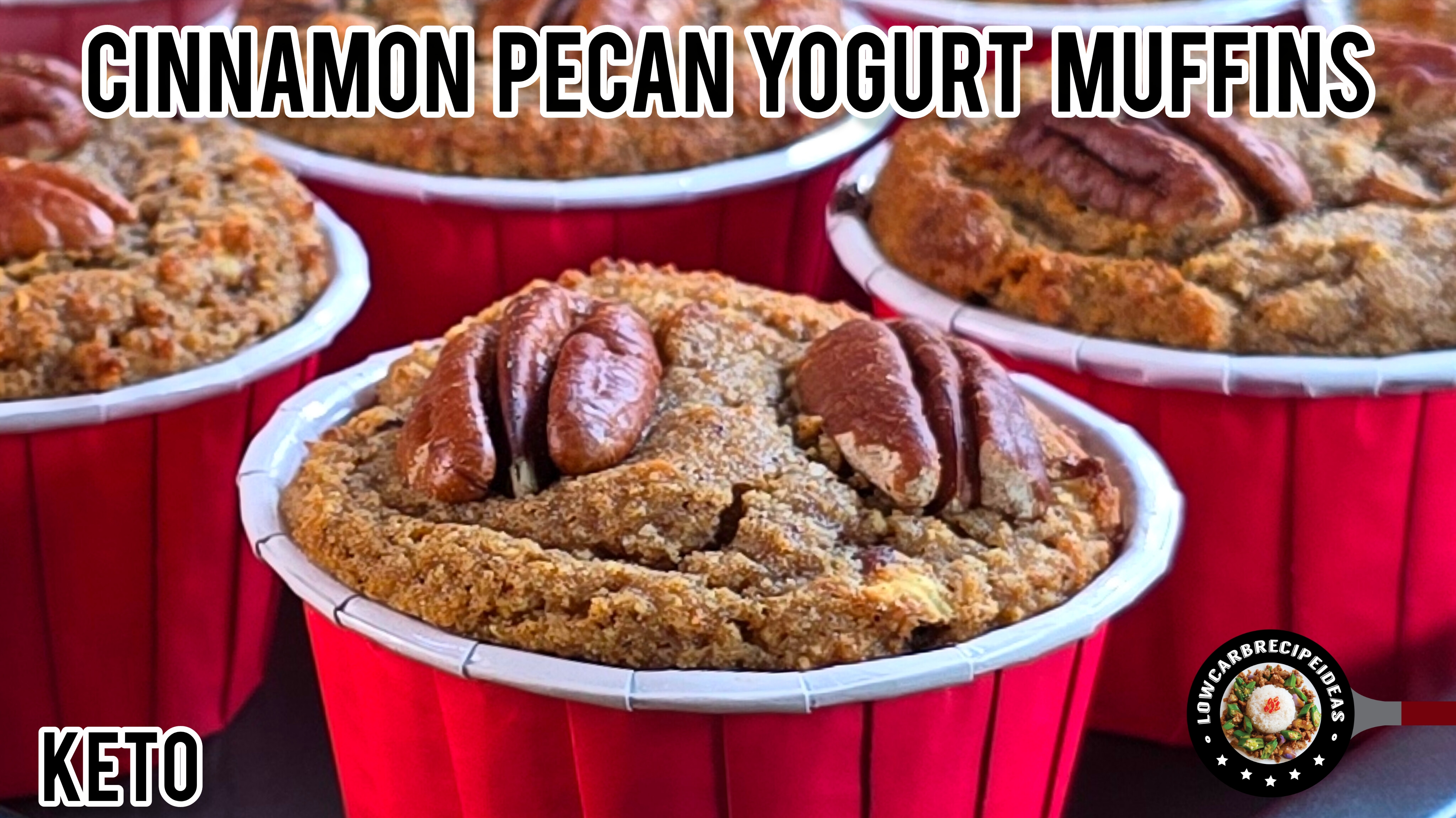Oat Fiber Flaxseed Bread
Oat fiber is the hull, hulk or outer shell of the oat grain. It is pure insoluble fiber which means that our body cannot digest any nutritional value, therefore it passes through the intestines undigested. For anyone needing to enrich his or her body with extra fiber, then oat fiber may be the fix you are looking for. Oat fiber is gluten free and has zero calories. Flaxseed is also high in fiber so that is why this bread has literally zero net carb. Oat fiber can be used for baked goods to provide volume. However, for keto bread, it needs to be mixed with other flour otherwise, we will end up with a rock-hard bread. Also, more leavening amount needs to be used when using oat fiber otherwise, the bread will be denser. During my experiments, I found that oat fiber absorbs a lot of liquid, just like psyllium husk. I decided to pair it with ground golden flaxseeds due to its ability to rise well resulting in a better texture. The best ratio I found is to use equal amount of oat fiber and flaxseed. When I increased the ratio of oat fiber over the flaxseed, the bread became heavier and denser. Of course, you can reduce the amount of oat fiber and use more flaxseed. The next question is - do we still need psyllium husks which is another fiber? Well, I did try the bread without psyllium husks and the bread loaf is small and did not rise at all. With psyllium husks, the dough bulks up much more and the bread rises well. So, the answer is that yes, psyllium husk is still required as its function is different. Overall, the bread is crusty with tender crumbs and crispy when toasted. It has a nice flavor which some says that it tasted like wheat bread.
1. For best results, weigh the ingredients with a digital scale
2. Preheat the oven at 350F or 180C.
3. In a bowl, add all the dry ingredients and mix with a spatula until well combined.
4. Add all the wet ingredients and mix until a dough is formed. The dough is firm and sticky. If using egg white powder, add all wet ingredients except the hot or boiling water. Mix to combine then lastly add the hot or boiling water and mix again until a dough is formed.
5. Shape the dough into a loaf and place in an 8x4 inch (20x10 cm) loaf pan greased and lined with parchment paper.
6. Bake at the lowest rack for 1 hour.
7. Cool completely on a wire rack.
8. Slice according to your preference.8. This bread can be kept at room temperature for a few days provided you have a cool and dry climate. Otherwise, it's better to refrigerate earlier for up to a week or freeze for up to 3 months.
[Total Servings = 16]
NUTRITION INFO PER SERVING
Total Carb = 4.3 g
Dietary Fiber = 3.9 g
Net Carb = 0.4 g
Calories = 47
Total Fat = 2.9 g
Protein = 3.3 g
This nutrition information is just a guide. Feel free to use your own macro calculation app for accuracy.
Recipe by lowcarbrecipeideas
Find more great recipes at lowcarbrecipeideasofficial.com






